For millennia, First Nations people have shaped Australian ecosystems through the purposeful and skilful use of fire. This cultural burning is an important way for Aboriginal people to connect to and care for Country.
Under climate change, Earth is experiencing more frequent and severe bushfires. This has prompted a rethink of Western approaches to fire management, and triggered the development of cultural burning programs supported by government agencies.
At the same time, First Nations people have been calling to revitalise cultural burning as part of a generations-long pursuit of self-determination.
Our new research details the results of a Indigenous-led cultural burning program in critically endangered woodlands in New South Wales. It shows how Western science can support cultural burning to deliver benefits across cultures – as well as for nature.
Jamie Kidston
What we did
Box-gum grassy woodland has been extensively cleared for agriculture, and only about 5% of its original extent remains. The woodlands are endangered in NSW and critically endangered across eastern Australia.
They feature diverse eucalypt trees, sparse shrubs and native tussock grasses, and support native fauna including the critically endangered regent honeyeater and swift parrot.
Our project brought together First Nations communities, ecologists from the Australian National University and officers from Local Land Services. It also involved the Rural Fire Service.
Cultural burns are relatively cool, slow fires. They trickle through the landscape, enabling animals to escape the flames. They promote the germination of plants, including culturally important food and medicine plants, among other benefits.
Cultural burns are important to First Nations people for a variety of cultural and social reasons. The practice is part of a broader suite of inherited cultural responsibilities shared through generations.
Our project involved cultural burns in the winter and spring of 2023. Wiradjuri people burned their Country around Young and Wagga Wagga, and Ngunnawal people burned their Country near Yass.
The burns took place on travelling stock reserves – remnant patches of vegetation historically used to move cattle from paddock to market. These reserves are very important for Aboriginal people because they often trace Songlines and Dreaming tracks. They are also important for farmers as places to graze cattle during drought.
Alongside the cultural burning program, ANU research ecologists monitored how the woodlands responded to the burns. They did this by surveying plants, soils and biomass before and about eight months after the burns, as well as in unburnt areas.
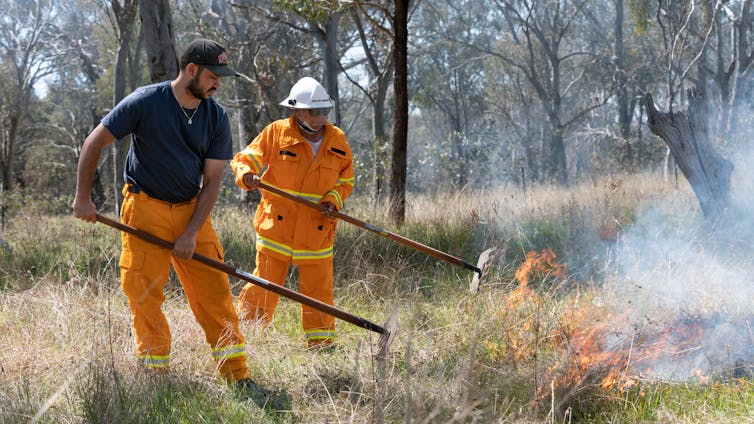
Jamie Kidston
What we found
We measured plant responses by counting the number of plant individuals and recording germination.
Many native plant species germinated after the burn. They included native peas – one an endangered species, the small scurf pea, which germinated exclusively after the burns.
Germination was greater in burned than unburned sites, including for sensitive species that commonly respond well to fire such as native glycine (a herb) and lomandra grasses.
Importantly, the condition of a site before the burn affected how well plants responded. Condition refers to factors such as the diversity of native plants (including sensitive species) and the presence of weeds.
After the burn, native plants were more abundant on sites with a better starting condition, than on those in poor condition. This highlights the importance of improving the health of poor-condition areas after burns.
The type of appropriate management will depend on the site, but may include weed control and planting or seeding native species. More monitoring will also help quantify longer term responses after burning.
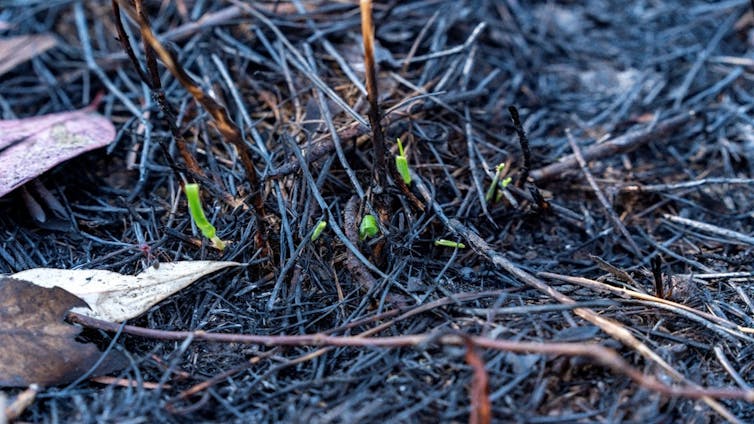
Jamie Kidston
Investing in community and nature
Indigenous community members led the burns on their Country and were represented by women and men of multiple generations. They were paid for their work and offered fire-safety training and personal protective equipment.
The burns were often community events – days of connection and sharing knowledge within communities, and between cultures. This fostered opportunities for “two-way learning” and “two-eyed seeing” – ways of respectfully bringing together Indigenous and Western knowledge.
Our project shows how cross-cultural partnerships can be central to conserving and restoring Australia’s unique and highly diverse ecosystems, during a period of environmental change. But for this to happen, cultural burning must be better integrated into mainstream land management.
This is especially needed in some parts of southern Australia, where government-funded programs have been less resourced than in parts of northern and Central Australia.
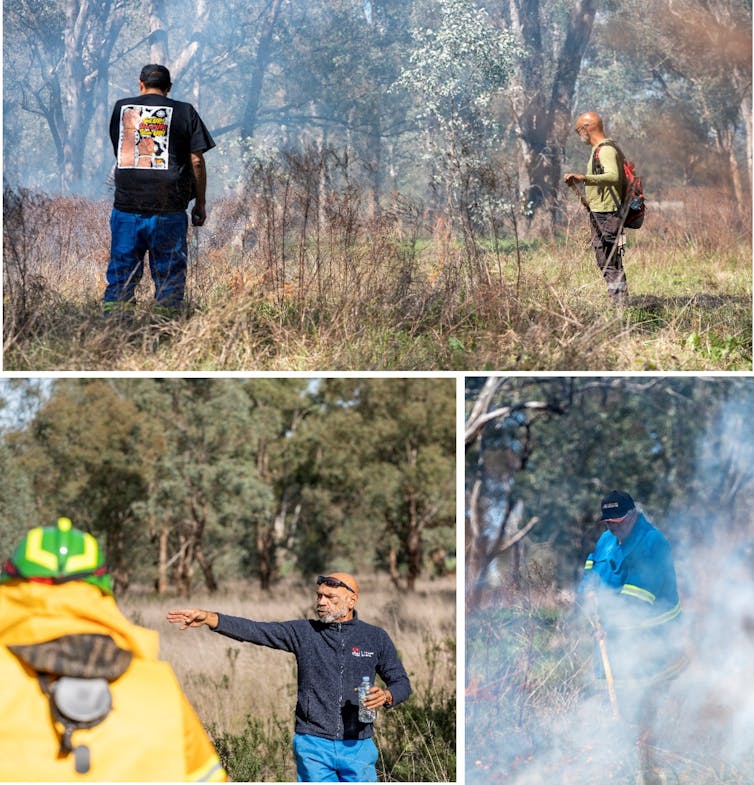
Bottom right: A Wiradjuri woman, Aunt Enid Clarke, burning Country in Young.
Jamie Kidston
Government agencies and institutions can support Indigenous land stewardship in various ways.
These include:
-
designing projects with Indigenous people from the outset, and being directed by community aspirations which supports self-determination
-
forming meaningful cross-cultural partnerships across agencies to navigate complex bureaucratic processes
-
providing Indigenous people with resources and land access to manage Country, including funding for labour, training and equipment. Provisions for sufficient resources must be made from the beginning, in grant applications
-
protecting and acknowledging the rights of Indigenous people to their cultural heritage, such as traditional knowledge, through formal protection agreements.

The post “Colonisation cleared 95% of these woodlands – Indigenous cultural burning is bringing it back” by Elle Bowd, Research Fellow, Fenner School of Environment and Society, Australian National University was published on 06/17/2025 by theconversation.com










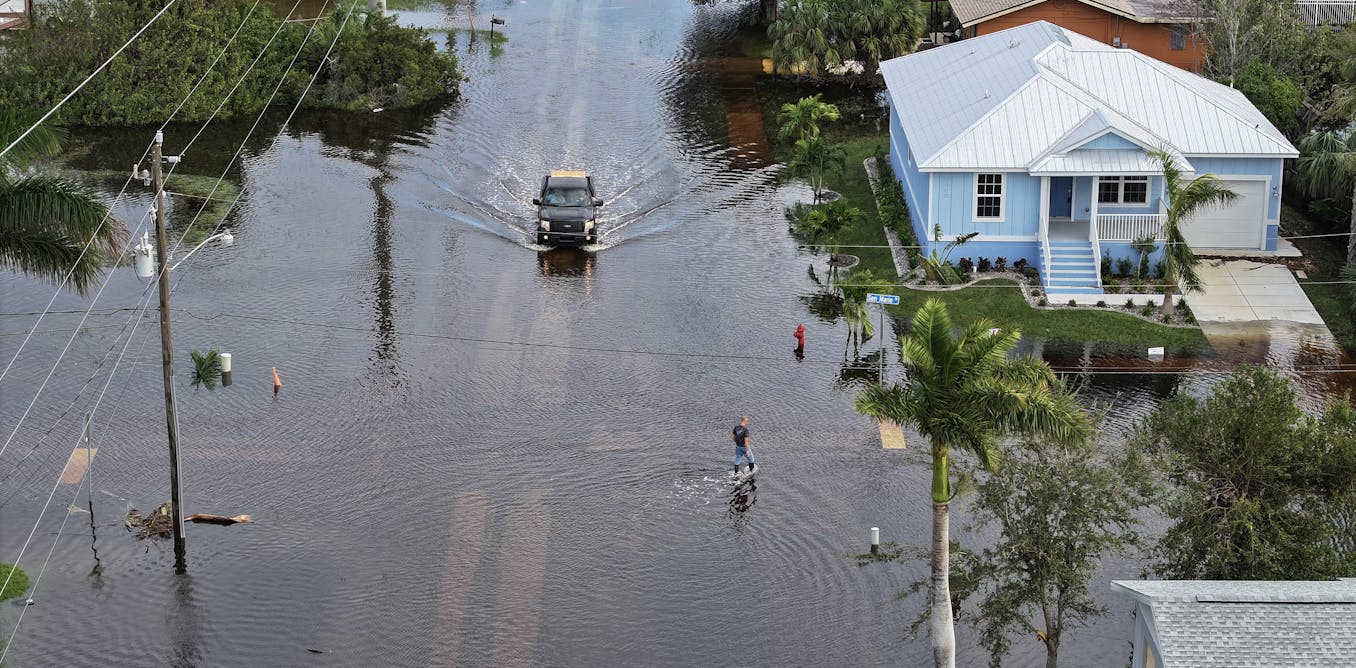
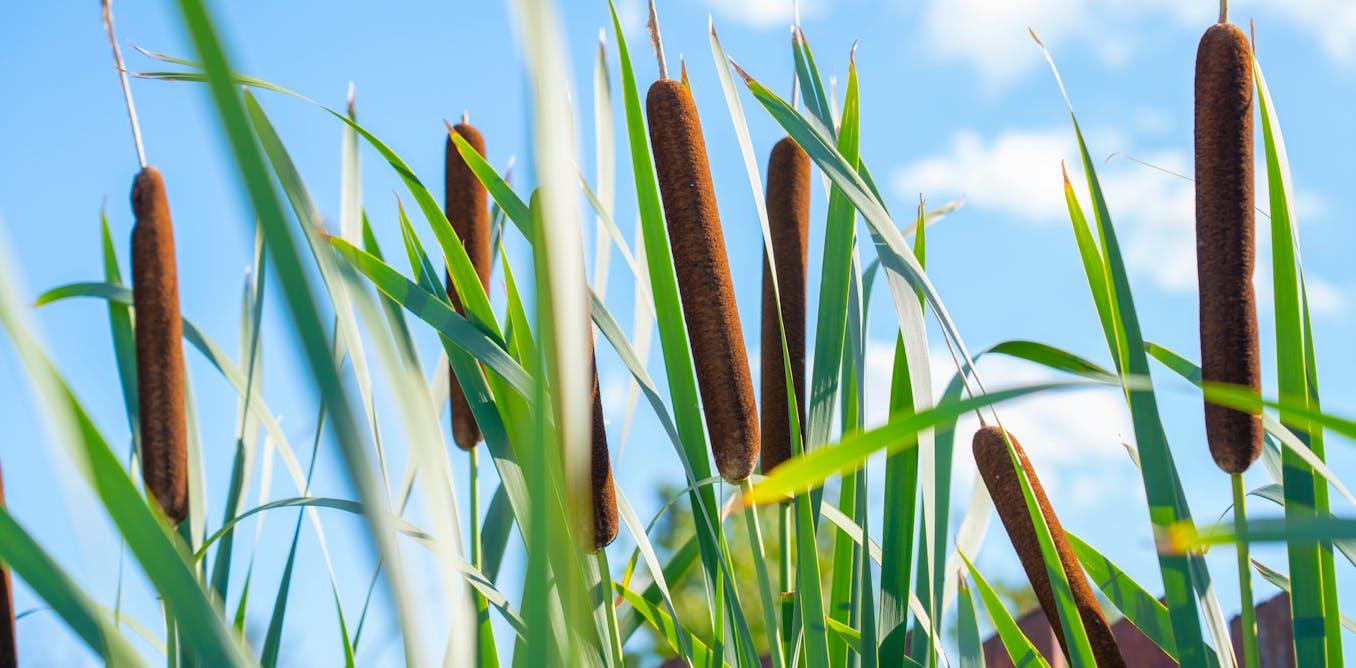

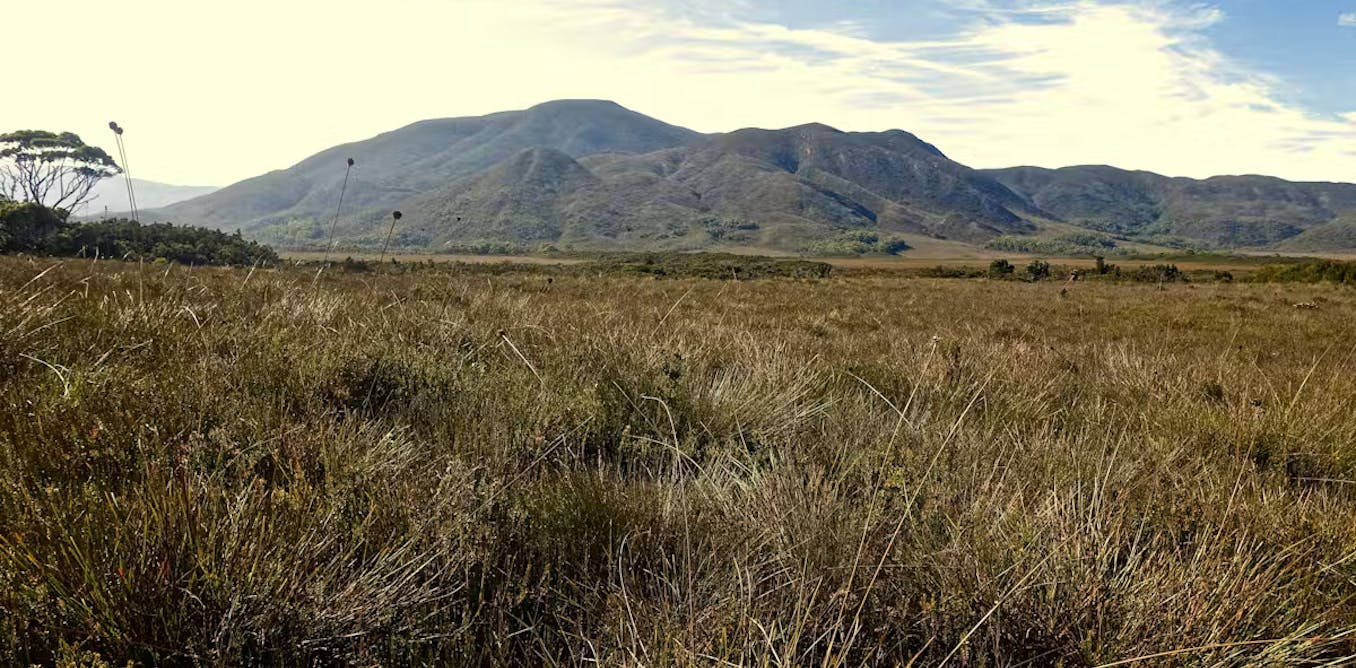













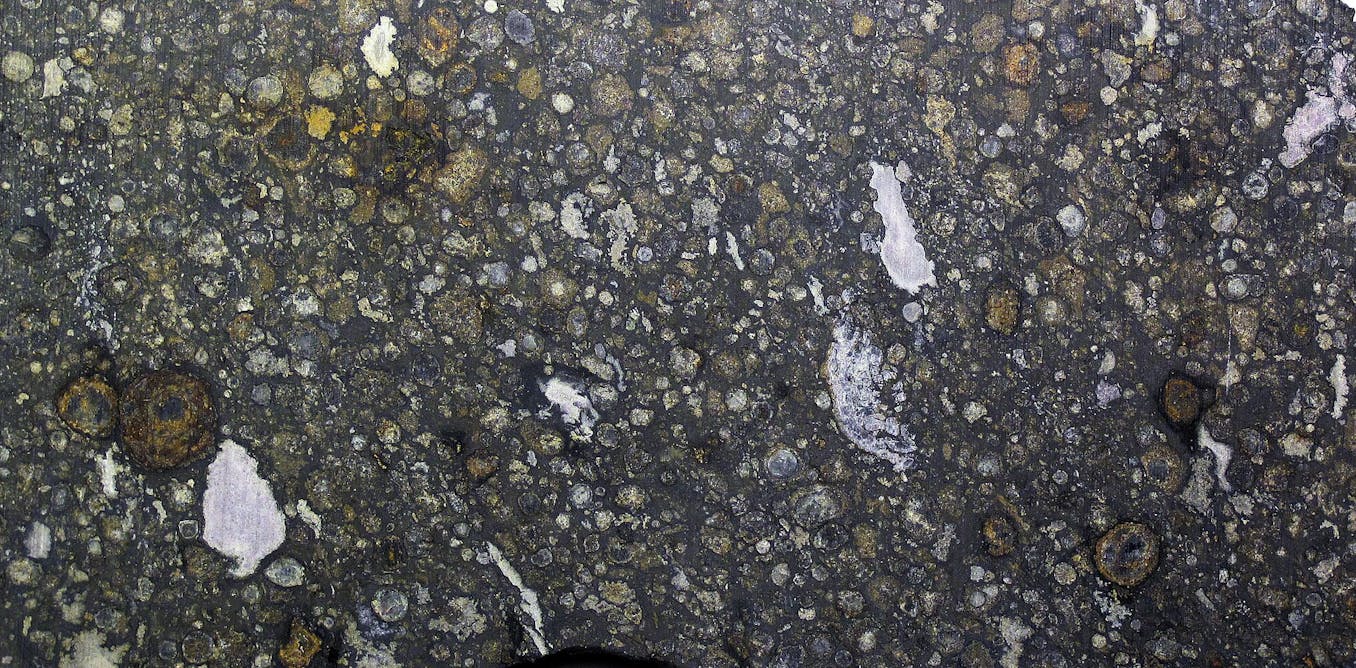



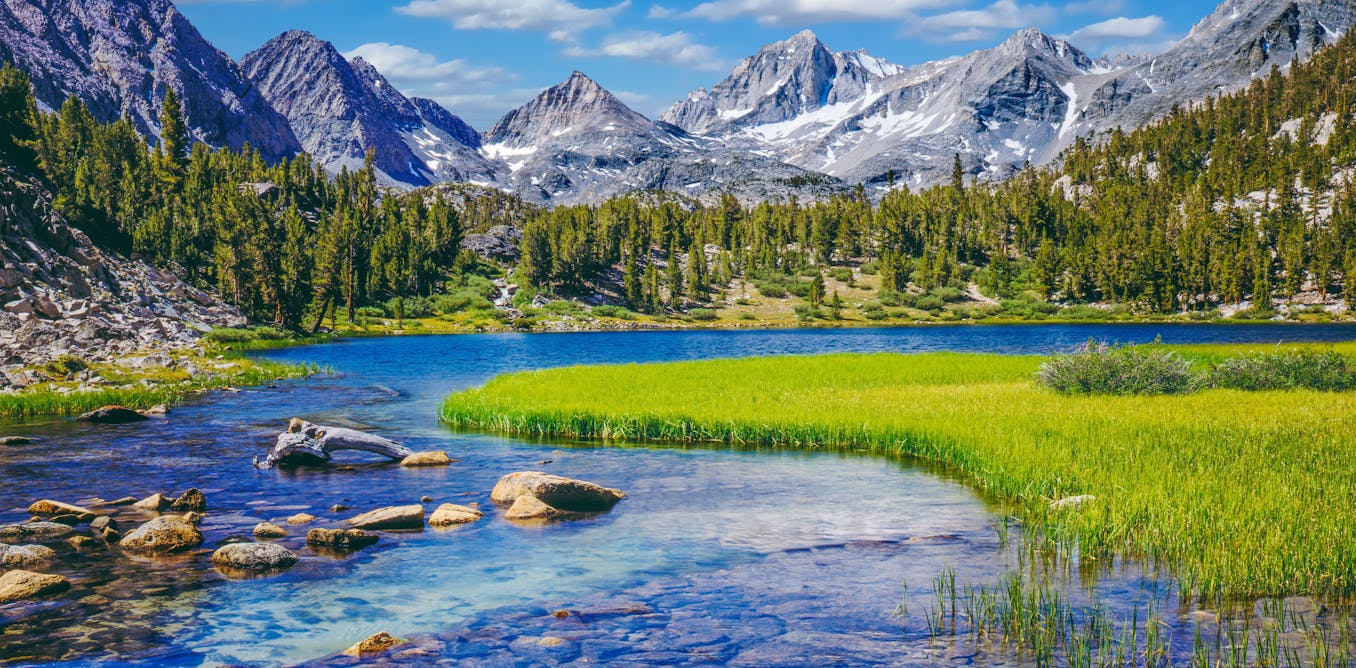
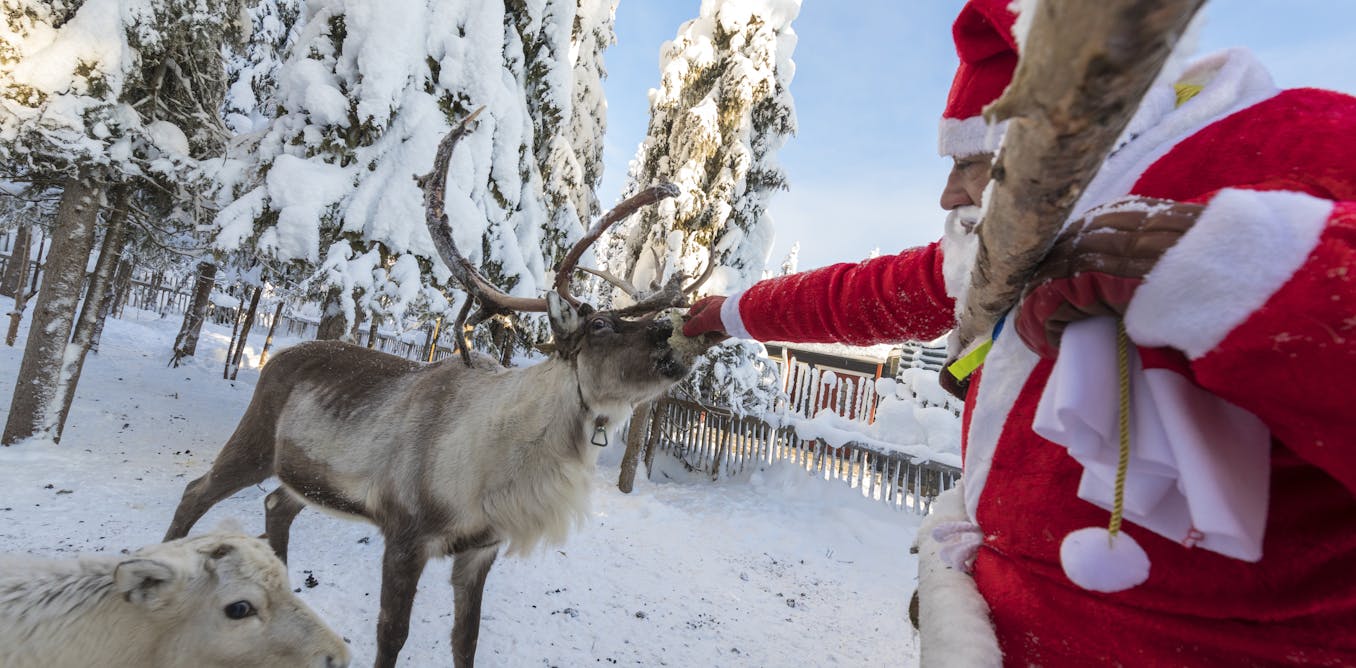



Leave a Reply